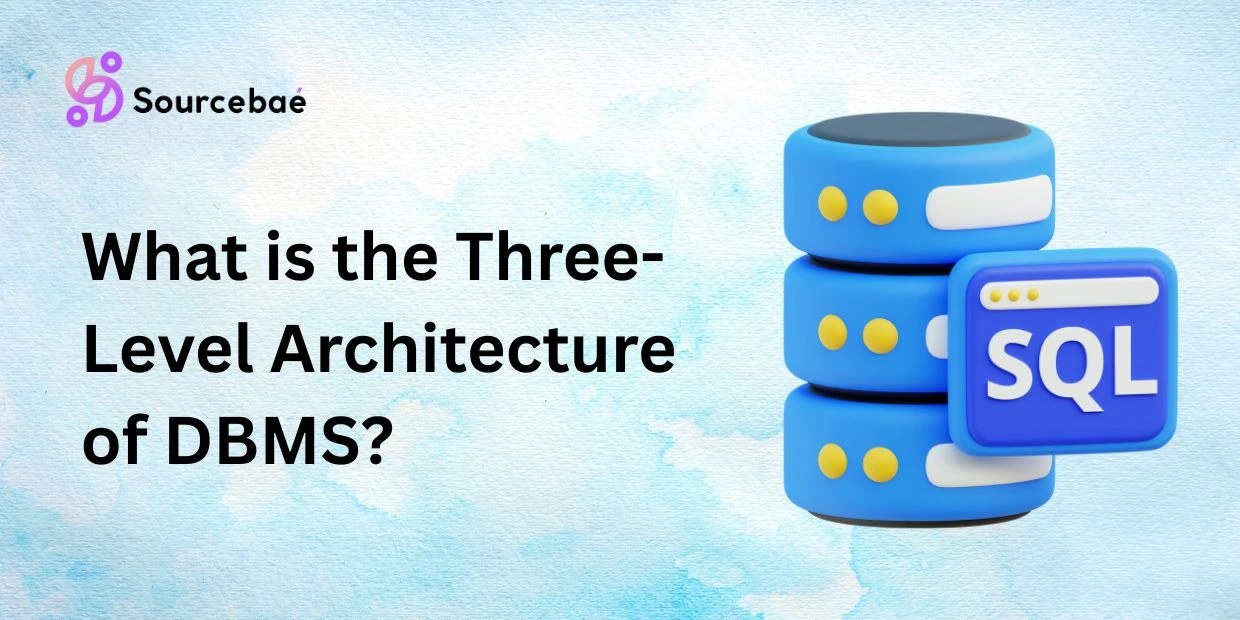In the world of data management, the Three-Level Architecture of Database Management Systems (DBMS) stands as a cornerstone concept. Whether you’re an IT enthusiast or just someone curious about how data is organized and accessed efficiently, this article will provide you with a comprehensive understanding of the Three-Level Architecture of DBMS. We’ll delve into its layers, functionalities, and why it’s pivotal in today’s data-driven world.
Understanding the Three-Level Architecture
Imagine a library with thousands of books. You want to find a specific book, and you need a way to do it efficiently. The Three-Level Architecture of DBMS is like the cataloging system of that library, ensuring that you can access the information you need quickly and accurately.
Level 1: External Schema
At the top of our architecture, we have the External Schema. This layer represents the viewpoint of the end users and application programs. It defines how different users or user groups can view the data. Think of it as the librarian’s desk where you request the book you want to read. In a DBMS, this is where you define what data you want to see and how you want to see it.
Level 2: Conceptual Schema
Beneath the External Schema, we find the Conceptual Schema. This is the heart of the DBMS, where the overall logical view of the entire database is defined. In our library analogy, this would be the library’s master catalog, which lists all the books and their locations. The Conceptual Schema defines the relationships between different pieces of data and ensures data integrity.
Level 3: Internal Schema
Finally, at the bottom, we have the Internal Schema. This is where the physical representation of data is defined. It deals with how data is stored on the actual hardware, such as hard drives. Continuing with our library analogy, this would be the way books are physically organized on shelves. The Internal Schema ensures efficient storage and retrieval of data.
Benefits of Three-Level Architecture
Now that we’ve dissected the Three-Level Architecture, let’s explore why it’s essential and what benefits it brings to the table.
Data Independence
One of the primary advantages of this architecture is data independence. Each level is independent of the others, meaning you can change one level without affecting the others. For example, you can modify the way data is stored (Internal Schema) without altering how end-users see it (External Schema). This flexibility makes it easier to adapt to changing requirements.
Security and Access Control
By defining access permissions at the External Schema level, DBMS ensures that sensitive information is only accessible to authorized users. This security feature is crucial in protecting valuable data from unauthorized access.
Efficient Data Retrieval
The Three-Level Architecture optimizes data retrieval. With a well-designed Conceptual Schema, queries can be executed more efficiently because the DBMS knows exactly how data is related and where to find it physically.
Scalability
As data volumes grow, the Three-Level Architecture remains scalable. You can expand the Internal Schema to accommodate more data, and as long as the Conceptual Schema is well-designed, the system will continue to function efficiently.
FAQs (Frequently Asked Questions)
What is the Three-Level Architecture of DBMS?
The Three-Level Architecture of DBMS is a framework that organizes a database into three distinct layers: External Schema, Conceptual Schema, and Internal Schema. It provides a structured approach to managing and accessing data efficiently.
Why is data independence important in DBMS?
Data independence is crucial in DBMS because it allows changes to one level (e.g., Internal Schema) without affecting the others (e.g., External Schema). This flexibility makes it easier to adapt to evolving data requirements.
How does the Three-Level Architecture enhance security in databases?
The Three-Level Architecture enhances security by enabling access control at the External Schema level. This ensures that only authorized users can access specific data, safeguarding sensitive information.
Can the Three-Level Architecture handle large amounts of data?
Yes, the Three-Level Architecture is scalable and can handle large amounts of data. By expanding the Internal Schema and maintaining a well-designed Conceptual Schema, it can efficiently manage growing data volumes.
What are some real-world applications of the Three-Level Architecture of DBMS?
The Three-Level Architecture is used in various real-world applications, including business databases, healthcare information systems, and online retail platforms. Any system that requires efficient data management can benefit from this architecture.
Are there any limitations to the Three-Level Architecture?
While the Three-Level Architecture offers many advantages, it may introduce some complexity in database design and management. Additionally, it may require more initial planning and design effort.
Conclusion
In conclusion, the Three-Level Architecture of DBMS is a fundamental concept in the world of data management. It provides a structured framework for organizing and accessing data efficiently, offering benefits such as data independence, security, and scalability. Whether you’re a database administrator or simply interested in understanding how data systems work, the Three-Level Architecture is a crucial concept to grasp. So, the next time you use a database-driven application, you’ll have a deeper appreciation for the architecture that makes it all possible.
READ MORE: What is Regression Testing in ETL Testing?






